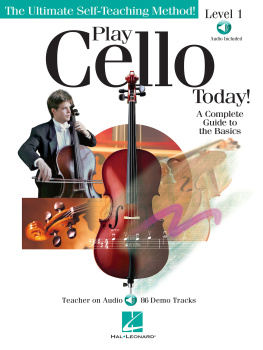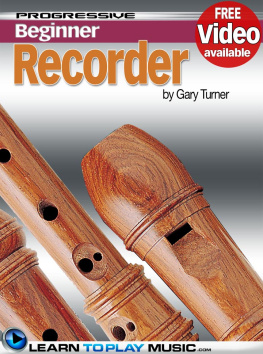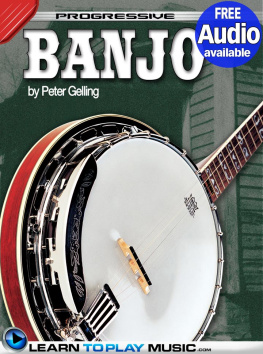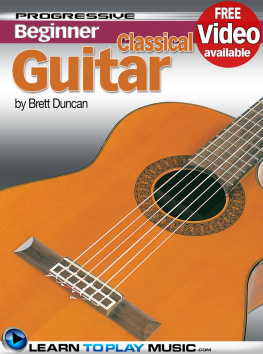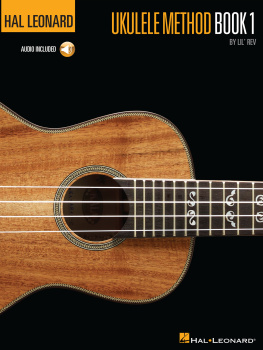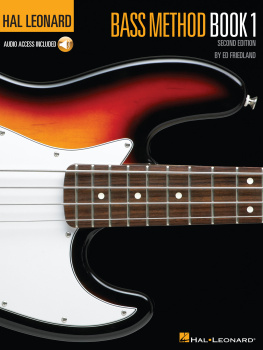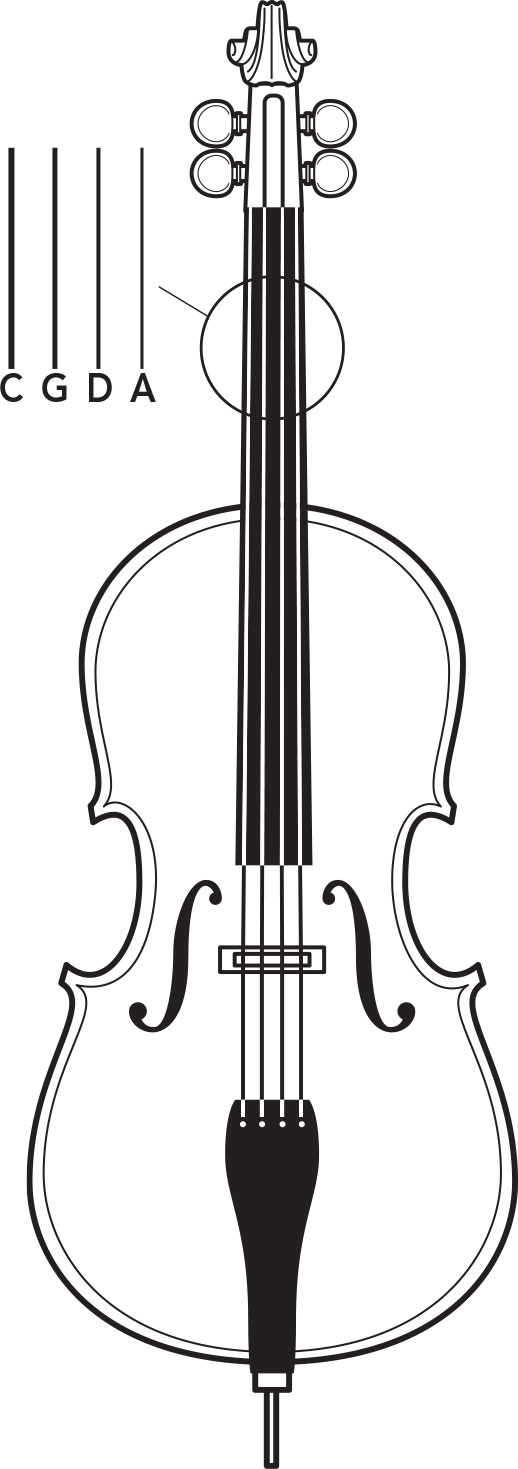7777 W. Bluemound Rd. P.O. Box 13819 Milwaukee, WI 53213
Infringers are liable under the law.
Contents
Playing on the
D and A Strings
Lesson 1
The Basics
The Cello
The Bow
Sitting with the Cello
The Chair Because we sit while we play the cello, the chair is a very important component to proper position and posture. You will need an armless chair or stool that has a flat sitting surface and does not tilt backwards. The height of the chair will vary depending on the height of the player. Your knees should not be higher than your hips. |  |
Length of Endpin
The length of your endpin depends on your height and the height of the chair. When standing up with the cello, the scroll should not be higher than your eyes. Another way to determine the length is to sit without the endpin out. Holding the cello between your knees and at your sternum, slowly let out the endpin until it touches the floor. You may need a helper for this.
Posture
Sitting properly is crucial to holding the cello correctly and producing the best sound. Sit at the front edge of the chair. Your feet should be flat, facing forward and directly below your knees. Make sure that your back is straight and that you are sitting tall. Your knees should be on the sides of the cello, holding the cello in place. The cello will hit in the middle of the chest, at the sternum. Bring the cello into the body, keeping your back straight, or slightly forward toward the cello. Make sure that you do not tilt back. The pegs will slip in right behind the left side of your neck. Be sure to keep your head tall and straight. It may take a while to find the ideal posture and placement of your cello. Experiment until you are comfortable and relaxed. | 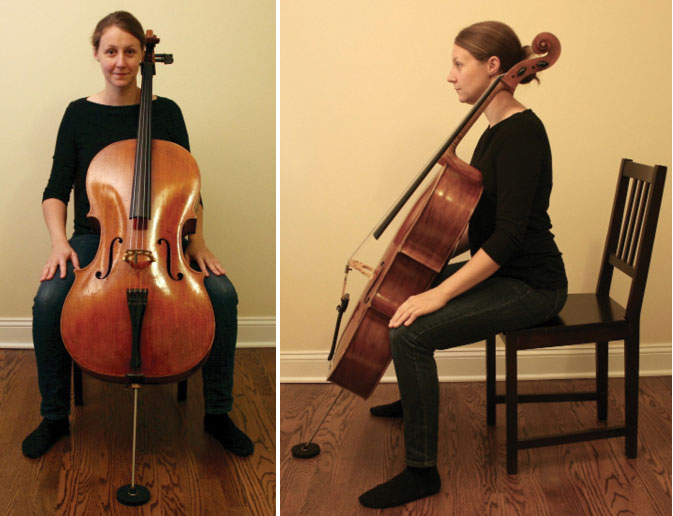 |
Preparing Your Bow
When a bow is stored in its case, the hair is loosened. After taking the bow from your case to play, you will need to tighten the hair by turning the screw clockwise, until the hair is straight and firm, still leaving the stick visibly bowed. Take care not to over-tighten the hair, which could damage the bow.
Before playing, rosin the bow by sliding the hair back and forth across the rosin. You can apply a little rosin each time you take your bow out to play.
Remember to loosen the bow hair by turning the screw counterclockwise before putting the bow back in the case again.
Holding the Bow
Holding the bow properly is just as important as correctly holding the cello. As you learn to hold the bow for the first time, put down your cello so your left hand can assist you. As you become more comfortable with your bow, you will be able to pick it up easily with your right hand alone.
Start by placing the bow on your lap, with the frog on the right, and the hair facing out. You should always avoid touching the hair. Next, put the pad of your right middle finger on the ferrule of the bow, making sure that your fingers are flat, and not curved. The other fingers should be evenly spaced, with the ring and pinky fingers on the frog of the bow, and the index finger gently resting on the winding.
After these four fingers are in position, lift the bow up vertically using your left hand, without disturbing the placed fingers. Place the tip of your right thumb where the left end of the frog meets the stick. Keep the thumb loosely bent. Your hand should be relaxed with the fingers spread comfortably. You will need to practice finding this position several times each day until it becomes easy. | |
Learning to hold the bow properly takes patience and practice. As you begin to learn notes on the cello, you may wish to pluck the strings first, instead of using the bow right away. Plucking a stringed instrument is called pizzicato . As you play new notes and pieces pizzicato , continue to practice holding the bow to become more comfortable with it.
Tuning Your Cello
There is audio content at this location that is not currently supported for your device.
The four strings on the cello are tuned to the following pitches, from bottom (low) to top (high): C, G, D, A The majority of tuning is done with the fine tuners. Use of the pegs is reserved for larger adjustments in pitch (usually more than a whole step). Turning the fine tuners clockwise, or tightening them, raises the pitch, while turning them counterclockwise, or loosening them, lowers the pitch. Until you are more comfortable holding your bow, it might be easier to tune by plucking each string. Tune your A string first by listening to the A tone on the audio track. You can also use the A pitch from a keyboard or tuner. Listen to the pitch, and adjust the string as necessary to match it. If your A string sounds lower than the A that you are matching, slowly turn the
A string fine tuner clockwise. This will tighten the string and make the pitch higher. If your A is higher than the A tone you are matching, loosen the string by turning the fine tuner counterclockwise. When your A string is in tune, continue with the other strings, working your way down to the C string. If your cello is so out of tune that the fine tuners cannot reach the desired pitch, you will need to do the bulk of the tuning with the pegs, and then finish the small adjustments with the fine tuners. | |
Tuning Tips
Because of the conical shape of the pegs, make sure that if you have to use them, push in at the same time that you are turningotherwise the peg will not stay put and the pitch will slowly go down.

